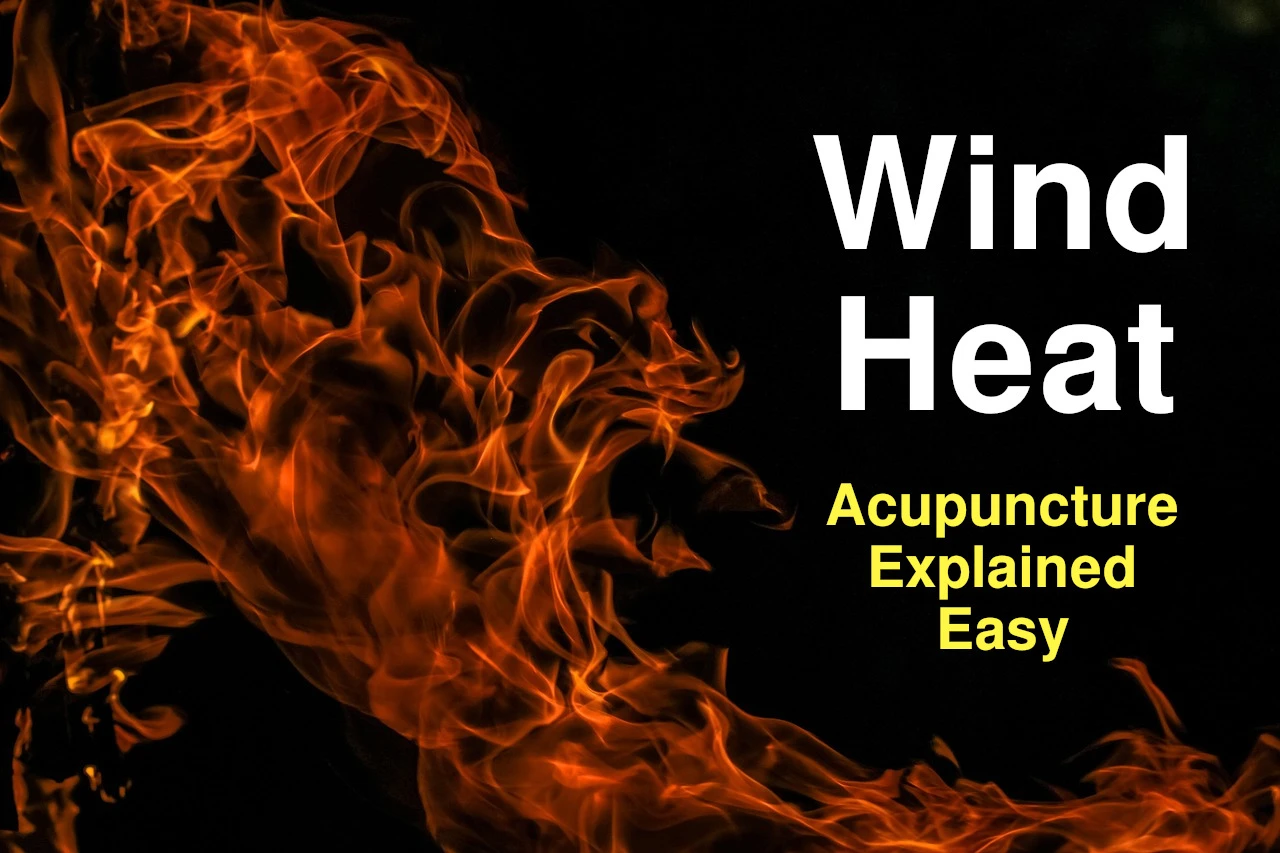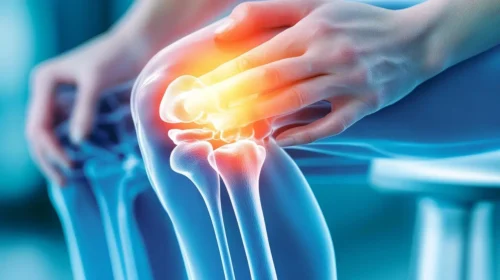This post may contain affiliate links and ads in which we may earn a small percentage of purchases.
Table of Contents
So, let’s continue our discussion on wind-heat, as we have discussed the concept of “wind” and “wind cold” in previous articles.
What is Wind Heat?
In our previous discussion, we talked about wind, wind-cold, and wind-heat, as these are common during this season. From a Traditional Chinese Medicine (TCM) perspective, wind-heat is associated with the common cold, the flu, or an infection (viral or bacterial). The symptoms presented by the patient determines if the pathology is wind heat. These include the color of the expectorants from the body, the tongue color, the pulse quality and speed, and specific symptoms, with a sore throat being the first prominent symptom. Also, a sore throat doesn’t have to be present if a patient is exhibiting other signs of “wind heat” to be diagnosed and treated for wind heat.
Differentiating Wind-Heat from Wind-Cold
When differentiating between wind-heat and wind-cold clinically, we use diagnose based on TCM principles. In contrast, biomedicine utilizes systems like the International Classification of Diseases (ICD), which categorizes diseases based on standardized criteria. TCM on the other hand, categorizes diseases using concepts like the Five Elements. Understanding both systems allows for a more integrated approach to healthcare, combining the strengths of both Traditional Chinese Medicine and Biomedicine.
Applying the Principle: Hot for Cold and Cold for Hot
When dealing with wind-heat, if someone is experiencing heat symptoms and you apply a therapy that generates more heat instead of cooling the body, what do you think will happen? The answer should be obvious: the condition will likely worsen. This is a clear example of why understanding what is happening in the body is crucial for effective treatment.
A stainless-steel acupuncture pen and gua sha set for massage, reflexology, and tension relief.
 View Product
View Product
If there’s confusion about the body’s needs—like if a treatment is creating more inflammation or doing something counterproductive—it won’t be effective. In cases of wind-heat, using herbs or therapies that are considered “cold” in the Traditional Chinese Medicine system can help align the treatment with the body’s needs. This is where the principle of using hot for cold and cold for hot comes into play.
Achieving Balance and Homeostasis
We aim to create a sense of equilibrium, balance, and homeostasis in the body. Our goal is to alleviate symptoms by prescribing the correct herbs based on whether the patient presents with heat-based or cold-based symptoms. For heat-based symptoms, mint is a suitable choice (combined in a formula, as single herbs are rarely prescribed alone), whereas ginger should be avoided.
Ginger is very warming, and giving it to someone with heat symptoms may be counterproductive.

Mint, on the other hand, is cooling and helps expel heat, making it more appropriate for these cases. It’s important to note that in TCM, herbs are not given in isolation but are prescribed as part of a formula and specific tailored treatment plan.

Understanding Each Patient’s Unique Presentation
I look at each patient’s specific symptoms, understanding that while every patient might exhibit wind-heat signs, each case is unique. This involves trying to understand the progression of the condition and the underlying pathology. There may be similarities amongst patients, but the key is to distinguish between those who are improving and those who are not and get an idea of the prognosis.
The Practitioner’s Role in Diagnosis and Referral
As a practitioner, experience allows you to recognize the symptoms being exhibited. When a patient comes in, it’s our responsibility to determine whether it’s wind-cold, wind-heat, or to refer out because there is an infection, or to assess if the patient requires immediate emergency medical intervention, or if the patient should be referred to a specialist for further testing and treatment. It all depends on what the situation calls for.
Commitment to Learning and Safety
To learn continuously and practice safely is vital. Understanding the nature of wind-heat and applying the right treatment approach helps achieve the best outcomes for patients, supporting their health and well-being through careful and informed practice.
Medical Disclaimer: This article is for informational and educational purposes only and is not a substitute for professional medical advice, diagnosis, or treatment. Always consult a qualified healthcare provider with any questions about a medical condition or treatment.



